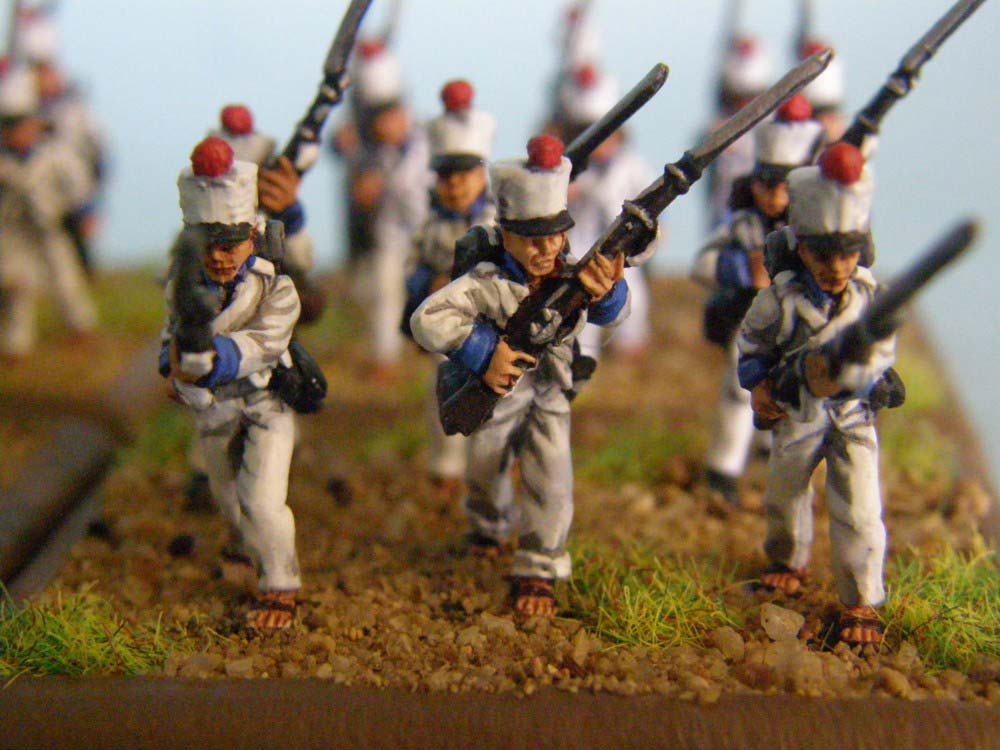English text at the bottom
Una de las ventajas de trabajar el plano del terreno del campo de batalla con sistemas de Diseño Computarizado (CAD) es la de utilizar la posibilidad que ofrece de hacer mediciones del terreno tanto de longitud como de altura.
Esto posibilita comprender de mejor forma, con datos reales las condiciones de terreno que debieron enfrentar ambos ejércitos durante la acción, permitiendo recrearlas y tenerlas en consideración en el momento de recrear la batalla en un juego de guerra.
Gracias a esta técnica podemos presentar en nuestra publicación datos valiosos al momento de juzgar e interpretar el despliegue de las tropas sobre el terreno.
La imagen que se presenta a continuación es un ejemplo de la representación topográfica de un corte longitudianl este-oeste de una sección determinada del campo de batalla.
 One of the advantages of working with Computer Aided Design (CAD) tools is the ability to measure the distances and hights of the represented territory.
One of the advantages of working with Computer Aided Design (CAD) tools is the ability to measure the distances and hights of the represented territory.2D battlefield representations are good to measure the distances of the different elements on the ground, but the real difficulties of the terrain can only be guessed or estimated.
The ability to measure up heights allow to understand the real difficulties the troops experienced when advancing, attacking or defending a particular position during the battle and add a fundamental feature to reproduce the battle in a war game.
We will be able to present detailed data of the battleground to better undestand the action at Vilcapugio allowing wargamers to recreate the conditions observed by the commanders to take their tactic decisions for the ballte.
The image above is a sample of our work showing the terrain topography in a particular section of the battlefield.














